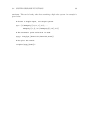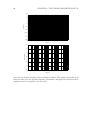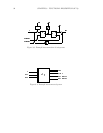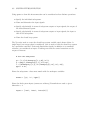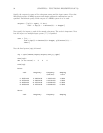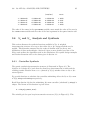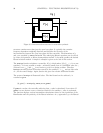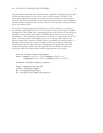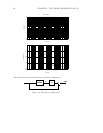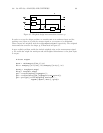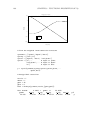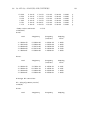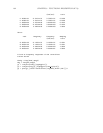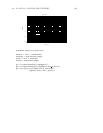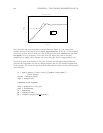3.6. H
2
AND H
∞
ANALYSIS AND SYNTHESIS 97
equation solution procedure often becomes poorly conditioned. Displaying intermediate
calculation results allows the user to fine tune several tolerances if necessary. The
intermediate Hamiltonian and Riccati solution details are displayed as the bisection
proceeds. The bisection stopping tolerance, Riccati solution tolerances and the Riccati
solution method are specified via keywords. Details on the meaning of these tolerances
are given in Section 2.3.5.
We now give a simple example illustrating the use of these functions. An oscillatory
non-minimum phase SISO system is to be controlled in a unity gain negative feedback
configuration. This example is for pedagogical purposes only and does not illustrate the
generality of the approach with respect to MIMO systems and more general control
configurations. The weighting functions have been chosen to be appropriate for an H
∞
design. The performance weight, Wperf,iscloseto1/s giving good tracking. The
actuator weight, Wact, increases at high frequency, penalizing fast actuator action. A
sensitivity function and step response comparison have been included to illustrate
typical function calls for these procedures. Inappropriate weight choices make this
comparison blantantly unfair to the H
2
approach; the user should not drawn any
conclusions about the relative merits of either approach from this example.
# Set up a simple closed loop problem.
plant = makepoly([0.1,-0.1,1],"s")*makepoly([1,1],"s")...
/(makepoly([1,0.1,.1],"s")*(makepoly([0.2,1],"s")))
# Examine the plant frequency response.
omega = logspace(0.001,100,200)
plantg = freq(plant,omega)
g0 = ctrlplot(plantg,{bode});
g0 = plot(g0,{title="Open loop plant"})?



